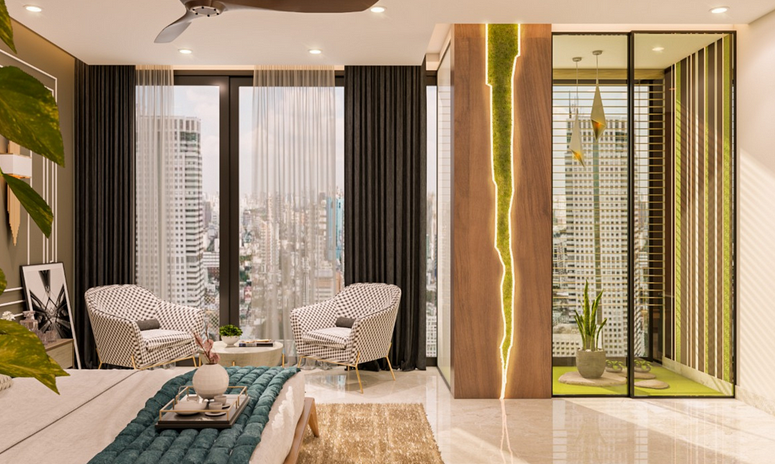Designing homes for multi-functional living involves creating spaces that can accommodate a variety of activities and serve the diverse needs of modern lifestyles. As the way we live and work continues to evolve, architects and designers are increasingly incorporating versatile, adaptable, and efficient design solutions to optimize residential spaces for a range of functions. Here are some key considerations and strategies for designing homes for multi-functional living:
Open Floor Plans: Open-concept layouts promote flexible use of space, allowing for seamless transitions between different areas within the home. By removing barriers between rooms, open floor plans facilitate multi-functional living, enabling spaces to serve multiple purposes without feeling closed off or confined.
Modular and Convertible Furniture: The use of modular, space-saving furniture and convertible fixtures allows for dynamic and adaptable living environments. Designs such as wall beds, folding tables, and multifunctional storage units help maximize space and accommodate various activities within a single area.
Flexible Storage Solutions: Ample and well-designed storage is crucial for multi-functional living, as it allows for the efficient organization of belongings and the seamless transition between different activities. Customized storage solutions, such as built-in cabinetry and flexible shelving, can transform a space to support diverse uses.
Smart Technology Integration: The integration of smart home technology can enhance multi-functional living by providing automated control over lighting, climate, and entertainment systems. Smart home devices can adapt to different activities, creating a versatile and efficient living environment.
Zoning and Spatial Organization: Effective zoning and spatial organization help delineate distinct areas for different activities within the home. By creating designated zones for work, relaxation, socializing, and dining, architects and designers can promote a sense of versatility and purpose in each space.
Natural Light and Connectivity: Maximizing natural light and creating connections to the outdoors can contribute to a sense of openness and versatility within a home. Large windows, skylights, and atriums help bring the outside in, facilitating a dynamic and adaptable living environment.
Multi-Purpose Rooms: Designating spaces that can serve multiple functions, such as a home office that can also be used as a guest room, a fitness area, or a recreational space, allows homeowners to make the most of the available square footage and adapt to changing needs.
Accessibility and Universal Design: Incorporating universal design principles ensures that homes are accessible and adaptable to residents of all ages and abilities, allowing for multi-functional living that accommodates diverse household members.
Overall, the art of designing homes for multi-functional living involves creating spaces that are efficient, adaptable, and capable of accommodating a variety of activities. By incorporating flexible design elements, smart technology, and strategic spatial planning, architects and designers can optimize residential spaces to meet the evolving needs of contemporary living.
